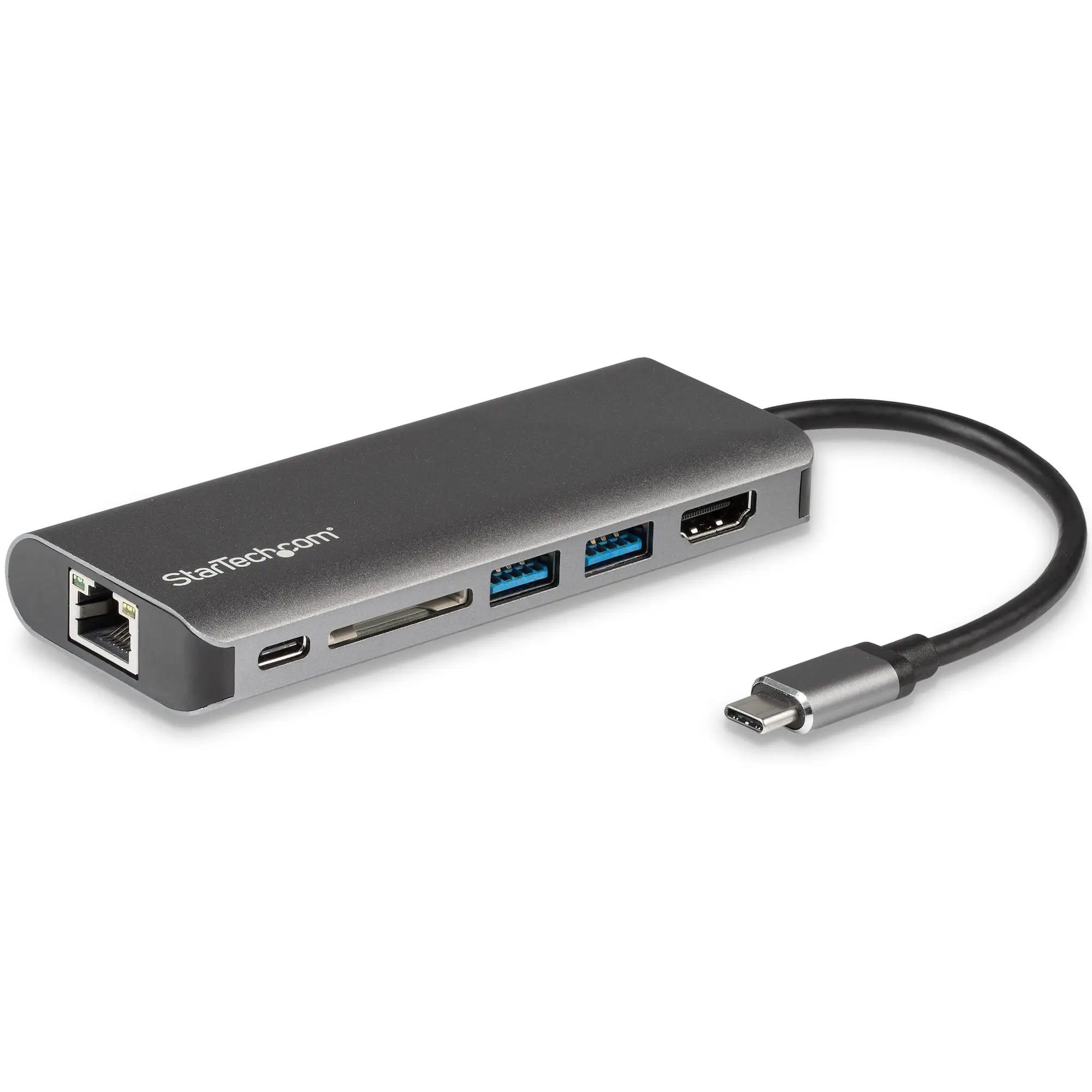How does a USB-C to FireWire 800 to VGA adapter work?


USB-C is a versatile and widely used connector that allows for fast data transfer and charging capabilities. However, there are still many devices and peripherals that use older connection standards, such as FireWire 800 and VGA. To bridge the gap between these different technologies, adapters are often used. In this article, we will explore how a USB-C to FireWire 800 to VGA adapter works, discussing its compatibility, functionality, and the benefits it offers.
Compatibility of USB-C, FireWire 800, and VGA
Before delving into the workings of the adapter, it is important to understand the compatibility of the different connection standards involved.
– USB-C: USB-C is a relatively new connector that is becoming increasingly popular due to its versatility. It can support various protocols, including USB 3.1, Thunderbolt 3, and DisplayPort. USB-C ports can be found on many modern devices, such as laptops, smartphones, and tablets.
– FireWire 800: FireWire 800, also known as IEEE 1394b, is an older connection standard primarily used for high-speed data transfer. It was commonly found on devices such as digital cameras, external hard drives, and audio interfaces. However, FireWire 800 ports are not as prevalent on modern devices as USB-C ports.
– VGA: VGA (Video Graphics Array) is an analog video connection standard that was widely used in the past for connecting displays to computers. While VGA is gradually being phased out in favor of digital standards like HDMI and DisplayPort, many older monitors and projectors still rely on VGA connections.
Understanding the USB-C to FireWire 800 to VGA Adapter
The USB-C to FireWire 800 to VGA adapter is designed to allow devices with USB-C ports to connect to FireWire 800 and VGA devices. It acts as a bridge between the different connection standards, enabling seamless communication and data transfer.
Functionality of the Adapter
The adapter works by converting the USB-C signal into the appropriate signals for FireWire 800 and VGA connections. Let’s take a closer look at how it accomplishes this:
1. USB-C to FireWire 800: The adapter first converts the USB-C signal into a FireWire 800 signal. This conversion is necessary because USB-C and FireWire 800 use different protocols and electrical signals. The adapter contains the necessary circuitry to perform this conversion, ensuring compatibility between the two standards.
2. FireWire 800 to VGA: Once the USB-C signal has been converted to FireWire 800, the adapter then converts it further to VGA. This conversion is necessary because VGA is an analog video standard, while FireWire 800 is primarily used for data transfer. The adapter contains the necessary circuitry to convert the FireWire 800 signal into a VGA signal, allowing for video output to VGA-compatible displays.
Benefits of Using the Adapter
Using a USB-C to FireWire 800 to VGA adapter offers several benefits:
1. Versatility: The adapter allows devices with USB-C ports to connect to FireWire 800 and VGA devices, expanding their compatibility and usability. This is particularly useful for individuals who have older devices or peripherals that still rely on FireWire 800 or VGA connections.
2. Convenience: Instead of having to purchase separate adapters for USB-C to FireWire 800 and USB-C to VGA connections, the USB-C to FireWire 800 to VGA adapter combines both functionalities into a single device. This reduces clutter and makes it easier to connect different devices to a USB-C port.
3. Cost-effective: Buying a single adapter that supports multiple connection standards is often more cost-effective than purchasing separate adapters for each standard. This is especially true if you have multiple devices that require FireWire 800 or VGA connections.
In conclusion, a USB-C to FireWire 800 to VGA adapter allows devices with USB-C ports to connect to FireWire 800 and VGA devices. By converting the USB-C signal into the appropriate signals for FireWire 800 and VGA connections, the adapter enables seamless communication and data transfer. Its compatibility, functionality, and the benefits it offers make it a valuable tool for individuals who need to connect their USB-C devices to older peripherals.
Recent Posts
How do I create an engaging and informative online quiz or assessment?
Creating an engaging and informative online quiz or assessment can be a powerful tool for… Read More
What are the most effective methods for managing and reducing work-related stress in the hospitality industry?
Work-related stress is a common issue in the hospitality industry, where employees often face long… Read More
How can I improve my assertiveness and communication skills in a leadership position?
In a leadership position, assertiveness and effective communication skills are crucial for success. Being able… Read More
What are the key elements of a successful employee recognition and rewards program?
Employee recognition and rewards programs play a crucial role in motivating and engaging employees, as… Read More
How do I effectively manage and respond to customer feedback and reviews?
Customer feedback and online reviews play a crucial role in shaping a company's reputation and… Read More
What are the best strategies for effective time management as a stay-at-home parent?
Effective time management is crucial for stay-at-home parents who juggle multiple responsibilities on a daily… Read More